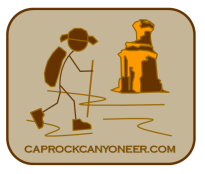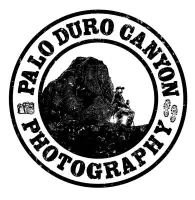As I have said before, when it comes to exploring the canyons of the Llano Estacado, patience and persistence pay off. Way back when my family resided in the Hub City of the Llano, a decade ago, the resolution of Google Earth first became sufficient to identify a slot canyon on the rim of lower Palo Duro. Not long prior to that, the state park had undergone an expansion into the area with the promise of increased public access. Therefore, I never gave up hope of someday exploring what looked from space to be a sinuous narrow slot. Alas, today, the lower portions of Palo Duro Canyon State Park remain tied up in access-denying ranch leases. Through the years, it has become obvious that any hope of reaching this particular feature would have to be dependent upon access granted from private land owners.
In the interim, a growing number of people have taken an interest in exploring the Llano Canyons. One such enthusiast is Darla. I hiked with Darla (and others) on an adventure in South Cita Canyon the previous year. Darla and her family, non-Llano natives, have grown to fully appreciate the untamed wilderness found in the canyons of the Caprock escarpment, and have developed their own network of contacts in the region in pursuit of scenic places and history. Darla, her husband, Matthew, and their daughter, Madeline, were able to arrange a visit with a very gracious landowner near the long coveted slot canyon. I was fortunate enough to be invited!
When we arrived at the property, our host gave us a tour, which included his workshop. My jaw dropped to the floor when he raised a tarp and said, “over here is the chuck wagon my grandad came here in back in the 1880s”. It was astonishing to see the preserved piece of family and Panhandle history. Later, he ushered us to a wonderful point on the rim, where the view is so beautiful that a number of weddings have been officiated there throughout the years.
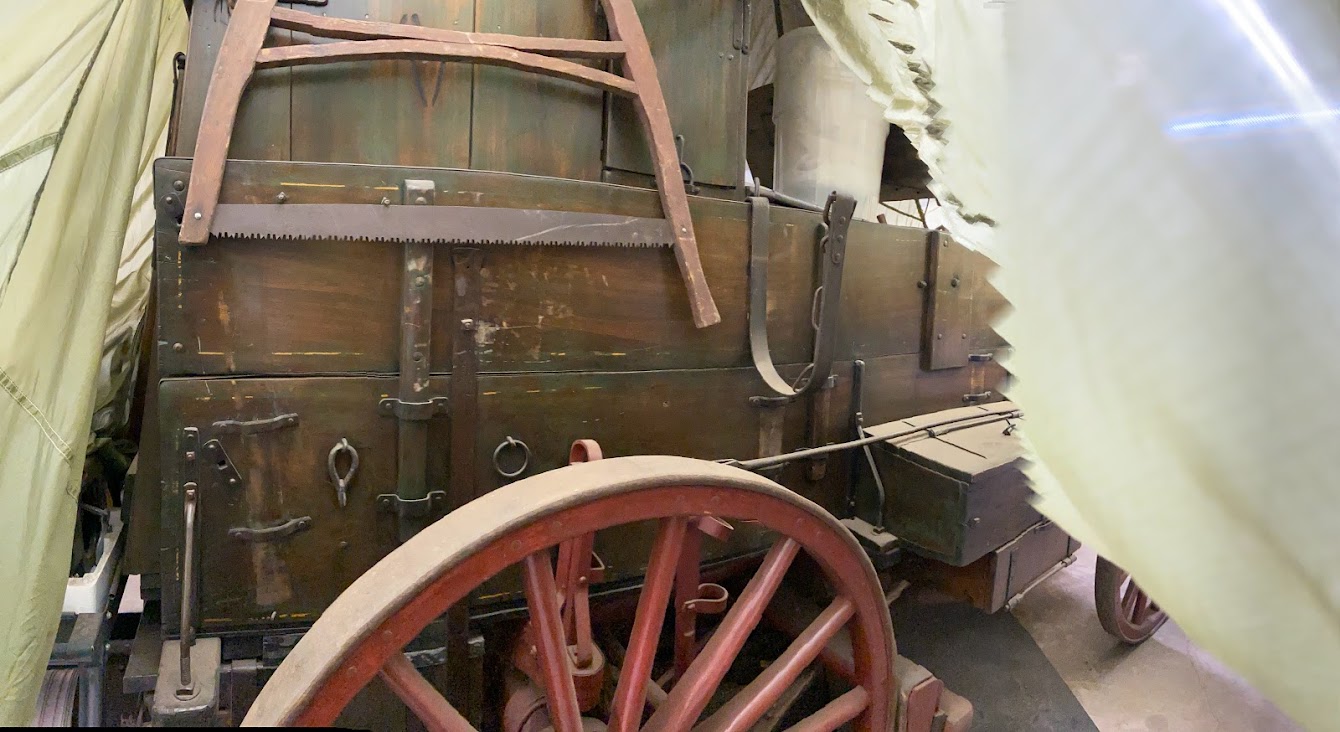



We were able to descend from the scenic point straight into the side canyon that harbors the slot canyon. The outcropping of Trujillo sandstone that is found exposed on the “middle rim” of the canyon was cut into a sharp and narrow trench that snaked its way to a dramatic chute. The slot was “Y”-shaped and only about five to six feet deep for most of its length, but then descended a couple of steep ramps in the final thirty feet of course before the dramatic chute that emptied to the lower canyon below. Within this final thirty feet, the slot “s”-curved back onto itself two times, creating miniature sections that were shining with a soft warm glow of, pink, orange, and earth-tone purples. I spent quite some time in the lower portions of the slot photographing the warm glows on striated canyon walls. On one such wall, a number of fallen autumn leaves were caught suspended in a spider’s web, creating a scene custom made for the season. The slot certainly lived up to my hopes for it to be photogenic after trying for so long to get to it, and I was thrilled to finally photograph it.
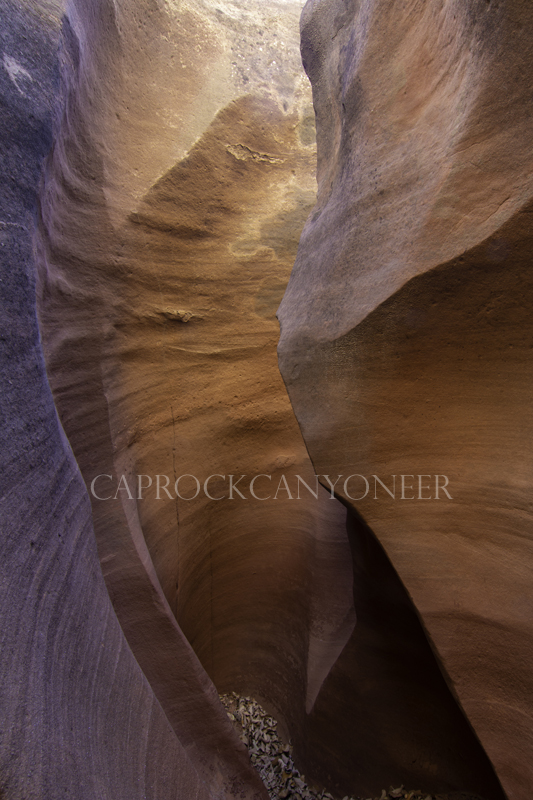
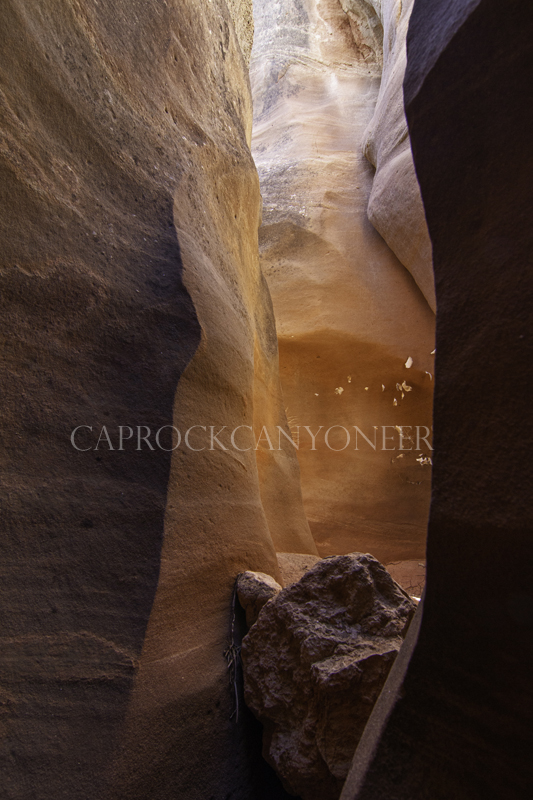



Matthew taking in the view atop the mouth of the slot
As everyone in our small party took turns snapping photos within the tight confines of the slot, Matthew and I took in the view from above looking out over lower Palo Duro Canyon. As we did, we discussed the giant cedar tree below, and pondered its age. As I have referenced before, there are frequently abnormally large trees sheltered in the head of box canyons near dramatic falls and slots. I affectionately call these “alpha trees”. That’s just my non-technical term for trees that are well positioned within the canyon to have a competitive advantage within the protected confines of sandstone. It stands to reason that these trees also benefit from the copious water that flows through, carves, and pools below these dramatic geological features as well. We also chatted about mutual acquaintances and fishing. It turns out Matthew is an avid fisherman, and less of a hiker, but he took on the challenge of this day’s offtrail adventure like a pro.
As we ascended back up to the rim, we contemplated the history of this area, the lower portion of Palo Duro Canyon. While we did not descend there today, the old Indian trail used to access the historic campground and battlefield was not far away. Hence, the handful of hikers that had managed to access this photogenic little slot before had coined it “Comanche Slot”. Thanks to the access granted by our gracious landowner host, the hike out and back was short, but very steep and treacherous in spots. We gained approximately 300 feet elevation in a horizontal distance of less than a quarter mile. While that may not sound too bad on an established trail, it’s another story when you are bushwhacking and scrambling. On our final crawl up the loose and crumbling Ogallala formation near the rim and the relief of the Plains above, Matthew, commented to his offtrail veteran family members, “If the goal of this hike was to make a point about how many enchiladas I eat, message received!”. I instantly stopped and half- jokingly warned them that the comment was an offtrail classic, and that it would be repeated on my blog, and that’s how we covered chuck wagons, slot canyons, and enchiladas, all in one epic adventure.
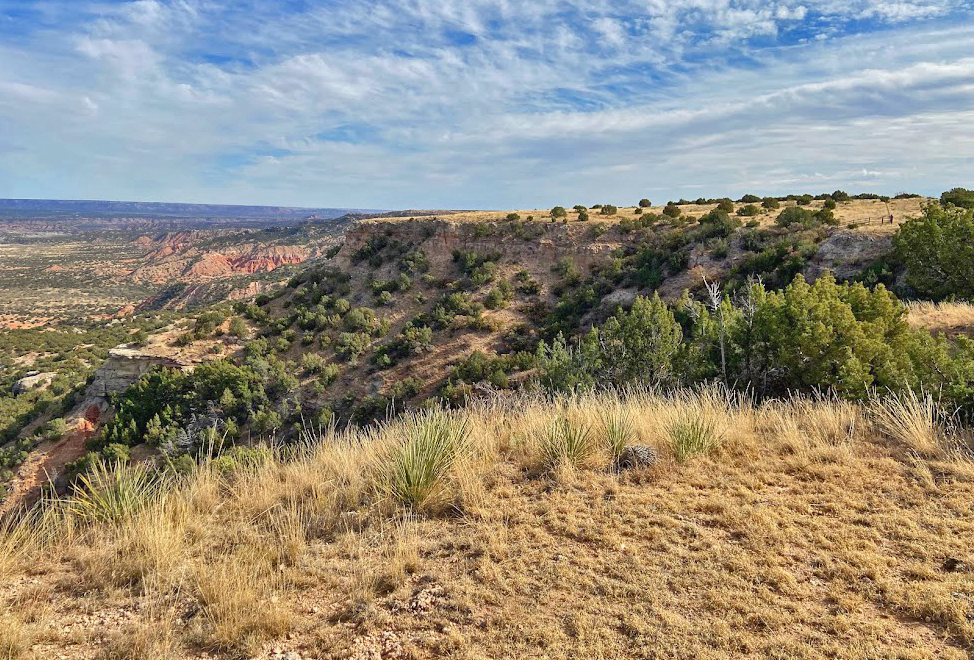
As we achieved the rim and looked back out over lower Palo Duro Canyon, we could see the new Merus Adventure park in one direction, and the restricted and inaccessible wilderness that is the vast majority of state owned land in Palo Duro Canyon State Park in the other. Earlier I stated that patience pays when it comes to accessing the west Texas canyons. Conversely, acts of impatience result in restrictive actions, the likes of which we have seen around Palo Duro Canyon during the past year. I too have suffered from impatience, but I hope that other west Texas nature enthusiasts can see that access to these canyons is gradually increasing. Slowly but surely, opportunities for more and more people to enjoy the Llano wilderness are opening. This hike is a result of such perseverance, the kind of which is needed to explore the canyons of west Texas. Most people will eventually gain opportunities through the increasing number of privately owned sanctuaries and parks like Pole Canyon Ranch, Merus, and the Red River Refuge at River Falls. The vision to open these landscapes is being gradually realized by private entities, not our tax-funded public agencies entrusted with protecting these lands and administration of our parks. There is reason for optimism, even if the source of that optimism is unexpected.


